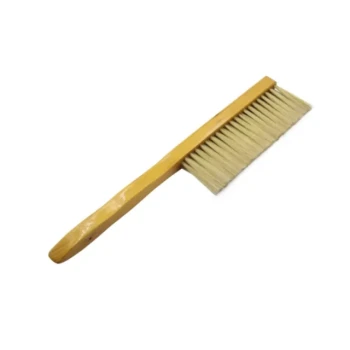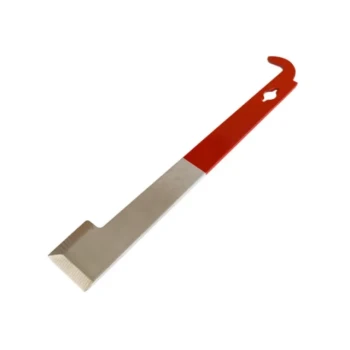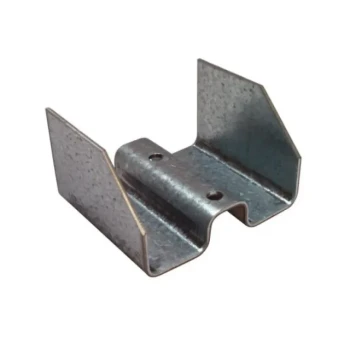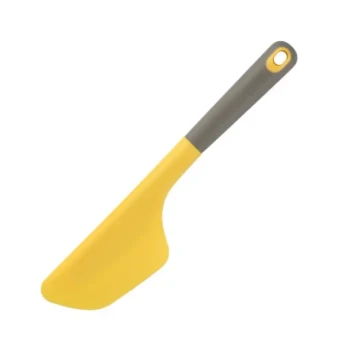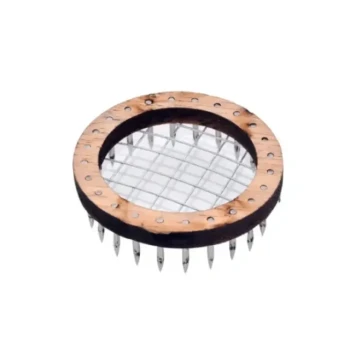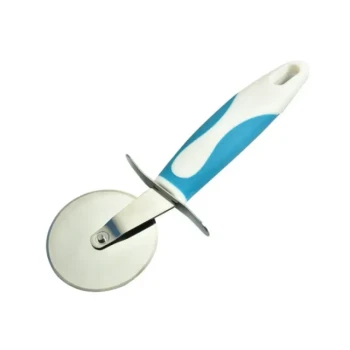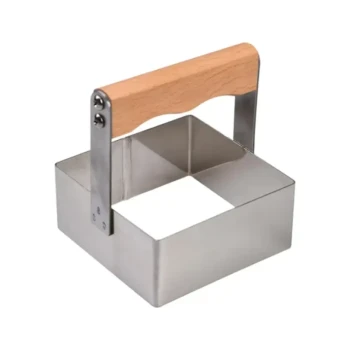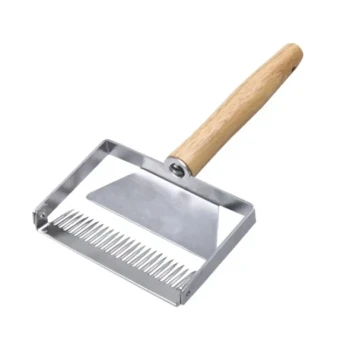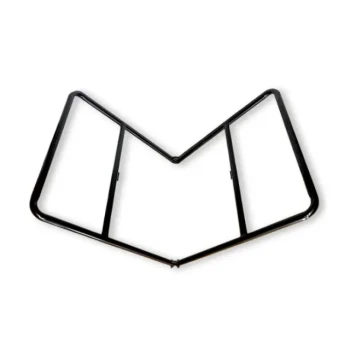Yes, beekeeping has a significant upfront cost, but it doesn't have to be prohibitively expensive. The initial investment covers durable equipment like the hive, protective gear, and essential tools, which can last for many years. The primary costs are concentrated at the beginning of your journey.
The core financial reality of beekeeping is that it requires an initial investment that can range from a few hundred to several hundred dollars. However, this one-time purchase of equipment can be offset over time by the financial and personal rewards of the hobby, such as harvesting your own honey.
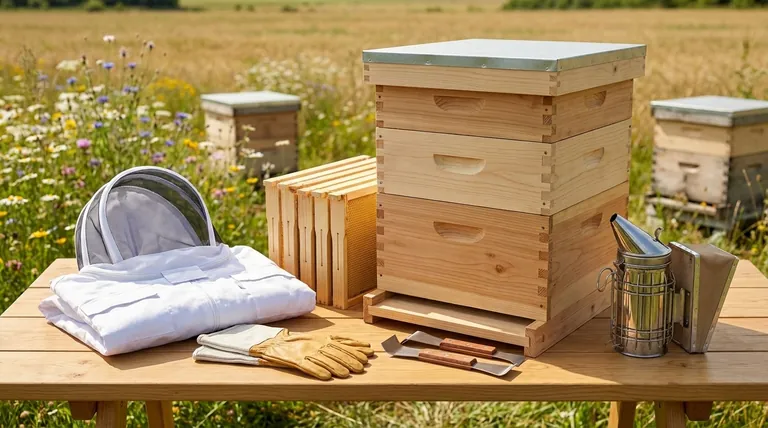
Breaking Down the Initial Investment
The bulk of your beekeeping expenses will occur in your first year. These are the non-negotiable items required to start and safely manage your first colony of bees.
The Hive Components
A modern beehive, typically a Langstroth hive, is a system of boxes, frames, and foundation. You can buy these as a complete kit or as individual components. A basic starter hive is often the largest single equipment expense.
Essential Protective Gear
Safety is paramount, and non-negotiable gear includes a beekeeper's jacket or full suit, a veil to protect your face, and a solid pair of beekeeping gloves. This equipment protects you from stings and allows you to work calmly and confidently.
Basic Hive Tools
You will need a few key tools to work your hive. The most critical are a smoker to calm the bees and a hive tool, which is a specialized pry bar used to separate frames and boxes.
Acquiring Your Bees
Of course, you cannot be a beekeeper without bees. Most new beekeepers start with either a package of bees (a queen and several thousand worker bees) or a nuc (a small, established colony on a few frames). Nucs often cost more but can give your hive a stronger start.
Factoring in Ongoing and Future Costs
While the first year is the most expensive, you should budget for some recurring costs and potential future investments as you continue with the hobby.
Hive Maintenance and Health
Over time, you may need to replace frames or treat your colony for pests like the Varroa mite. These treatments are a common and necessary part of modern beekeeping to ensure your colony remains healthy.
Supplemental Feeding
New colonies, in particular, often require feeding with sugar syrup to help them build up their strength and draw out the wax comb on their frames. This is a minor but common recurring expense.
Honey Harvesting Equipment
When it's time to harvest honey, you'll need more gear. The most significant potential expense here is a honey extractor, a machine that spins honey out of the frames. However, many new beekeepers use simpler, less expensive crush-and-strain methods to start.
Understanding the Trade-offs and Cost-Saving Strategies
You have considerable control over your startup budget. The choices you make can significantly impact the final cost.
New vs. Used Equipment
Buying used equipment can save a substantial amount of money. However, this comes with the risk of introducing diseases like American Foulbrood to your bees. If you buy used, it's critical to know the source and properly sanitize the equipment.
DIY vs. Pre-Assembled
For those who are handy, building your own hive boxes and frames from raw lumber can cut costs significantly. Pre-assembled kits offer convenience and save time but come at a premium price.
The Return on Investment
Beekeeping can eventually pay for itself. A healthy hive can produce a surplus of honey and beeswax. Selling these products at local markets or to friends can easily recoup your initial investment and cover ongoing costs.
Making the Right Choice for Your Budget
Your approach should align with your primary goal for getting into the hobby.
- If your primary focus is minimizing initial cost: Start with a single hive, consider building your own components, and plan to use the crush-and-strain method for your first honey harvests.
- If your primary focus is convenience and safety: Purchase a complete, new beekeeping starter kit from a reputable supplier to ensure you have everything you need and that your equipment is disease-free.
- If your primary focus is a self-funding hobby: Invest in quality equipment upfront and plan a strategy for selling your surplus honey and beeswax to create a sustainable financial loop.
Ultimately, beekeeping is an investment in both equipment and a deeply rewarding experience.
Summary Table:
| Expense Category | Key Items | Estimated Cost Range |
|---|---|---|
| Hive Components | Langstroth hive boxes, frames, foundation | $150 - $300+ |
| Protective Gear | Jacket/suit, veil, gloves | $100 - $250 |
| Essential Tools | Smoker, hive tool | $30 - $60 |
| Bees | Package or nuc (small colony) | $150 - $250 |
| Potential Future Costs | Honey extractor, mite treatments, feeding | $50 - $200+ |
Ready to Start Your Beekeeping Journey with Confidence?
For commercial apiaries and distributors, smart equipment investments are the foundation of a successful operation. HONESTBEE provides durable, high-quality beekeeping supplies and equipment through our wholesale-focused operations.
Partner with us to:
- Maximize your ROI with reliable equipment that stands the test of time.
- Ensure colony health with proven tools and supplies.
- Streamline your operations with bulk purchasing options tailored for your business scale.
Let's discuss your specific needs. Contact HONESTBEE today to get a quote and learn how our wholesale solutions can support your growth.
Visual Guide
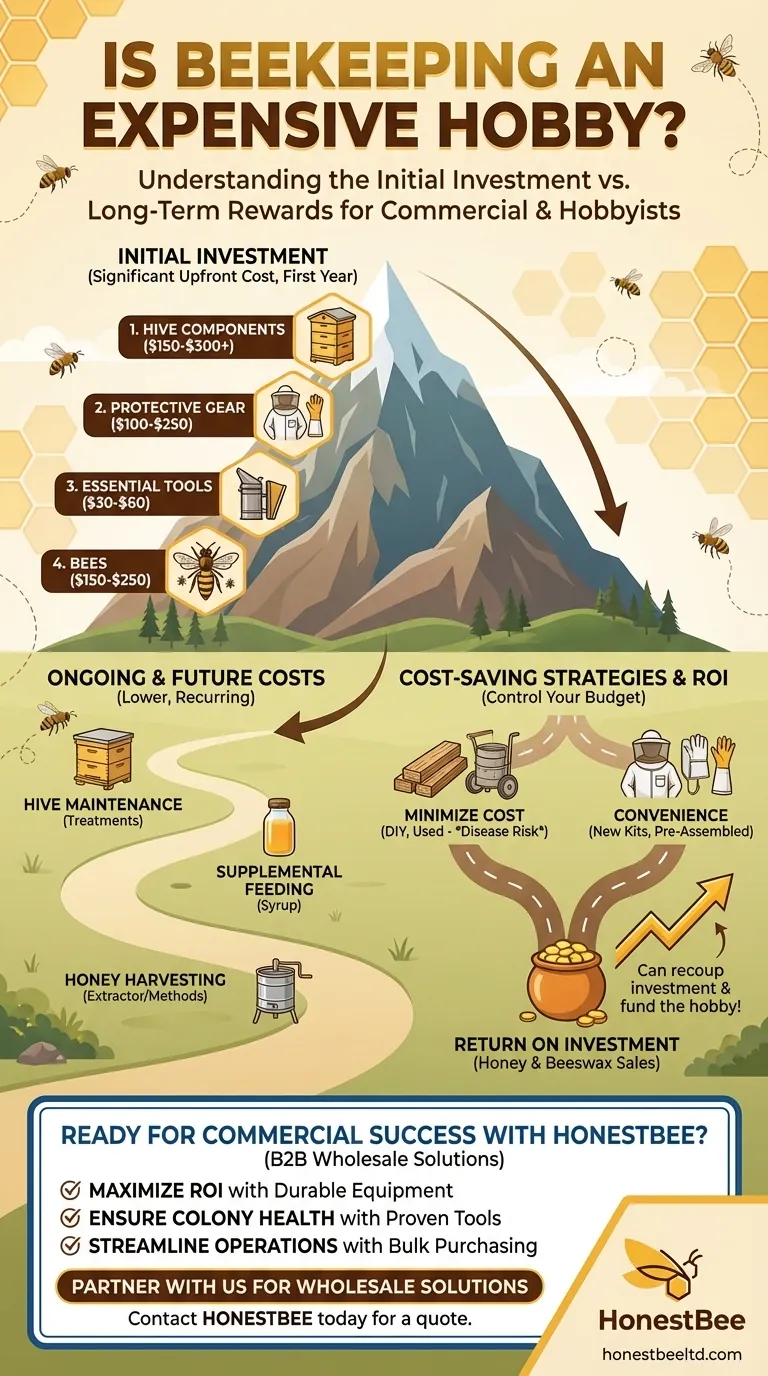
Related Products
- Professional Dual-End Stainless Steel Hive Tool for Beekeeping
- HONESTBEE Advanced Ergonomic Stainless Steel Hive Tool for Beekeeping
- Wholesales Dadant Size Wooden Bee Hives for Beekeeping
- Professional Galvanized Hive Strap with Secure Locking Buckle for Beekeeping
- Professional 3-Bar Frame Grip with Integrated Hive Tool
People Also Ask
- What is the hive tool used for? The Essential Multi-Tool for Every Beekeeper
- What are the features of a regular hive tool? The Essential Multi-Tool for Every Beekeeper
- What temperature is too cold to open a beehive? Protect Your Hive from Fatal Cold Shock
- What is a hive tool and what are its uses? Master Your Hive Inspections with the Essential Beekeeper's Tool
- What are the basic tools for beekeeping? Essential Starter Kit for Safe & Successful Hive Management






